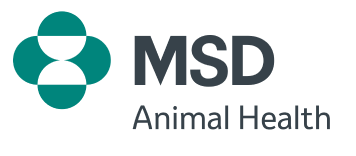SenseHub® Dairy collars keep owner connected to overall farm business
August 17, 2025
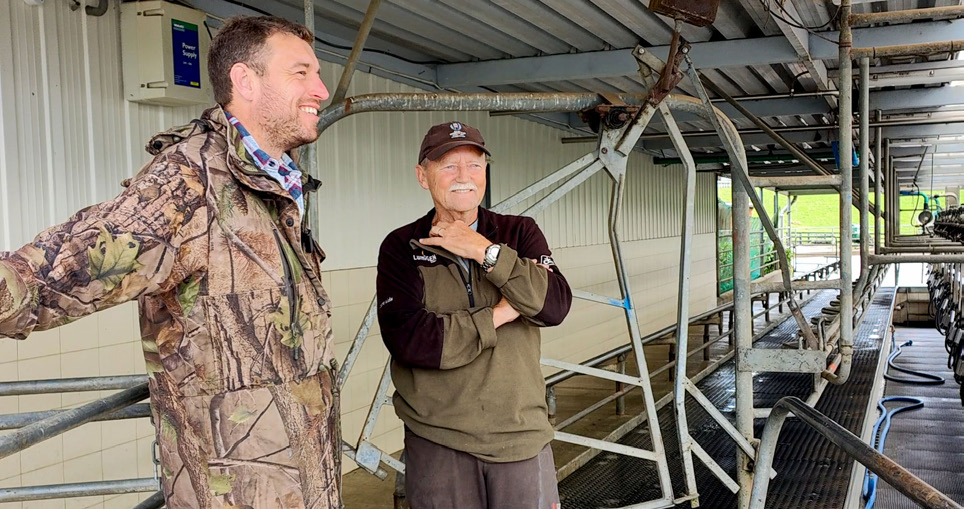
Farmer
Paul Davies
Location
Ōhaupō, Waikato
Farm Size
110ha (effective)
Herd Size
400 cows at peak
Waikato dairy farmer Paul Davies might be nearing the end of his active farming career, but it didn’t stop him investing in SenseHub® Dairy collars to connect himself with the performance of his herd and his four staff managing the operation.
Throughout his farming life, Paul has often been an early adopter of new technology. He says fitting his cows with SenseHub Dairy collars was a natural progression to provide valuable peace of mind his cows are being well looked after and on track for their expected production
“I’ve always done a lot of different things first or close to first, like adopting machinery or technology, so fitting the collars is just part of the progress. Every farmer is going to have to do something like this one day,” he says.
After building cow numbers up to 500 in a split-calving system on his 110ha milking platform, Paul decided to reduce pressure on his staff and the farm, to help meet environmental goals in his System 5 operation.
He dropped cow numbers to 400 and moved the entire herd to autumn calving over 11 weeks from the middle of March. For the 2024-25 season, the herd is on track to produce around 2000kg/ha milk solids.
“It’s worked well. We are doing good production per cow and per hectare. Now it’s about fine tuning our system and that’s where the collars are really going to help the team achieve that,” he says. After dropping back the numbers, we went to full autumn calving because we’d experienced it with the split calving and found it was so much easier. The calves love it and staff love it, so it was a good move.”
The SenseHub Dairy collars were fitted just before artificial insemination got underway in early April 2024. Although the timing was too tight for his staff to gain the full benefit from the pre-mating heat data collected by the collars, they still achieved a sound result and are expecting a better outcome from the 2025 mating.
Measuring health indicators to reduce costs through earlier intervention and improving mating performance are immediate benefits from installing the collars.
“Picking up cows with falling rumination levels means staff can have a look at them straight away,” he says.
“This 2025 mating was our first proper year with all the pre-mating heat data and in our first week we had inseminated 135 cows, which is really pleasing,” he says.
He is full of praise for the support from the MSD Animal Health team.
“The installation was brilliant and the service since has been great too. If you’ve got any issue, they’re just a phone away and one of their support staff lives close by, so it’s easy and close for them to call in. So, we’re a bit spoiled I guess!”
The shed already had a Protrack® drafting gate fitted and this now links with the collars to improve the efficiency of automated drafting at mating or for selecting any cows requiring intervention.
Paul says the stress around mating time has reduced considerably since the collars were installed.
“I just haven’t had to worry about it because between the guys and the equipment, there’s no need to,” he says.
The entire herd is mated by artificial insemination and bulls are no longer required for backing up the programme. The collars also gave him the confidence to use a small amount of sexed semen in his 25 best performing cows.
An unexpected benefit from fitting the collars was the detection of a higher than expected heat stress issue in his cows over the summer months.
The collars collect ‘heavy breathing’ data which Paul and his team use to monitor heat stress. When the data shows a sharp rise, the cows are brought to the large covered feed pad to sit out the heat of the day before and after their afternoon milkings.
“It could be six to 10 degrees cooler inside the feed pad than outside in the summer. You can give them the choice of going down the race to the paddocks or into the barn, and when it is hot, they’ll often go through the barn,” Paul says.
Paul is pleased with the speedy adoption of the SenseHub Dairy system by his four staff on the farm.
Farm manager Rennier Pangilinan says the collars have provided several immediate benefits, from early detection of indicators of possible health issues, helping manage the transition of cows after calving before they enter the twice-a-day mob and improving heat detection.
“I think cow health is where the collars do the best job for me. Any cow that’s distressed comes up on the health report and we can draft her off to check on her then monitor her until she’s back to normal again,” he says.
Rennier expects to see improvements in submission and conception rates from the 2025 mating after gaining more confidence in the data and becoming more familiar with the system since it was introduced just before the 2024 mating.
“The collars save a lot of effort so I’m not standing in the feed pad for a couple of hours watching for cows that are on heat. They automatically draft so that makes it really easy,” he says.
You just need to trust the system really. You get used to tail paint for a long time but now it’s not required.”
Rumination data collected by the collars is also influencing day-to-day feeding as well.
A good example is when the herd is grazing paddocks with a high chicory component and Rennier says cow rumination usually drops sharply.
“When that happens on chicory, we put more straw into their ration to provide extra fibre in their diet,” Rennier says.
Rumination data is also proving valuable for transitioning cows to the twice-a-day milking mob and reinforcing their confidence that the management of the herd is on track.
After calving, cows can remain in the once-a-day milking mob for up to 14 days. But when a cow’s rumination level is more than the farm’s target of 500 minutes a day, they join the twice-a-day mob.
Rennier is also impressed by the back-up service from the MSD Animal Health team, including answering his phone calls to the 0800 help desk number at 4am some mornings during his initial settling-in period after the collars were fitted.
He also enjoys attending the regular seminars run by MSD Animal Health for farmers to share knowledge and advice, and provide updates on the system.
Paul says installing collars is a game changer for his operation. While they carry a financial cost, there are considerable savings from picking up animal health issues, improving mating performance, and savings on labour, especially at mating time.
Paul has been farming the property since 1984 and takes real pride in the way it looks, including carefully selecting the paint colours so they match in with other buildings and planting stream borders.
sign up or have a chat – leave your details below
Our local Sales Specialist will get in touch soon.
NZ-SHB-250300002

 Argentina
Argentina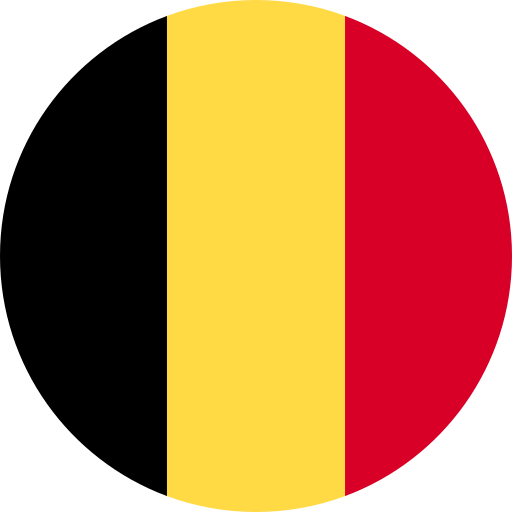 Belgium (Dutch)
Belgium (Dutch) Brazil
Brazil Chile
Chile Colombia
Colombia Czech Republic
Czech Republic Finland
Finland France
France Germany
Germany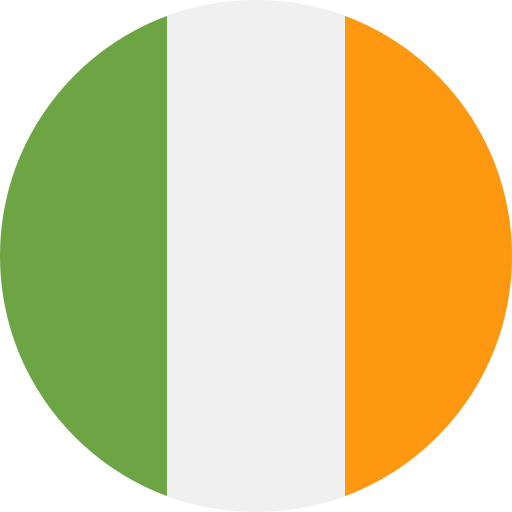 Ireland
Ireland Italy
Italy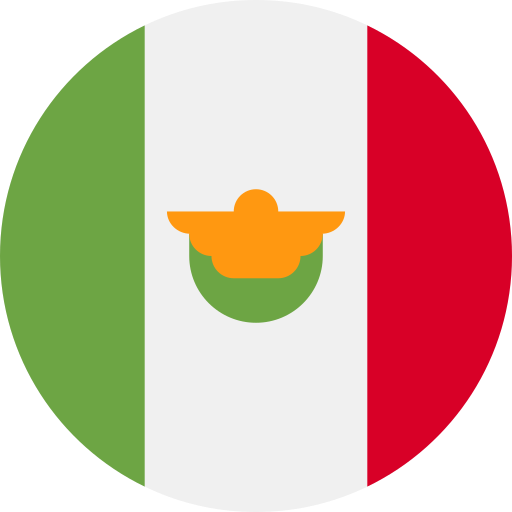 Mexico
Mexico New Zealand
New Zealand Norway
Norway Panama
Panama Poland
Poland Portugal
Portugal Spain
Spain Sweden
Sweden United Kingdom
United Kingdom Global
Global